|
It’s hard to believe 2020 is already here, but New Year’s Eve officially lead us into a brand new decade.
Before the whole world officially gets back to work (and the New Year's hangovers fade), I encourage you to use this time to clarify your business goals for 2020. Take stock of what worked well in 2019, what aspects you need to improve upon, and also, the most inefficient and time-wasting elements that you can cut out (or outsource) in 2020. I’m going to give you the gift of three pieces of advice as you recount, recalibrate, and reload your business plan for 2020. I hope you’ll keep these in mind, as I promise they will lead to an epically-successful 2020: 1. Follow your passion. The real estate and mortgage business is too-often all about numbers and dollars, especially in our growingly-impersonal world of technology. However, there is still room for passion. In fact, that’s exactly where you’ll find the most success, feel the most fulfilled, and find meaning in your work and your life. Always think in terms of adding more value because that’s what drives you, but have a little fun and don’t be afraid to get personal - I promise you that your clients will love you for it! 2. Think long-term and big picture. I get it. Your mortgage is due. The car just broke down. And the your kids need braces. The financial pressure to close the next deal is HUGE for anyone in sales or self-employed, but especially for Realtors and lenders. But instead of being reactionary and chasing every deal like a dog chasing its tail, try to think big-picture. You have 365 days in 2020. Make them count by prioritizing the most fruitful activities to the best of your ability with sustained energy. Take the time to put systems in place, get organized, build your brand, train staff, and schedule everything. Think in terms of the average of all of these efforts and measures paying off throughout those 365 days, not just the next closing check. 3. Work on yourself. This may be the most important piece of advice I can ever give you, but it’s certainly nothing new or original. My favorite quote is that go legendary motivational guru (before they were a dime a dozen) Jim Rohn, who said, "Your level of success will seldom exceed your level of personal development, because success is something you attract by the person you become." In fact, you should work on yourself MORE than you work on your business, although that could also mean working on education, communications skills, new ways to add value, giving back in the community, reinforcing relationships, and more. Break down those old barriers, emotional constraints, bad narratives, and limiting mindsets that keep sabotaging your business. Read books, exercise, practice your faith or spirituality, help others, and always strive to be a better person today than you were yesterday. Once you commit to that, your success will come, I promise you - and not just incrementally but with massive shifts that will be around long after 2020 comes to pass, too. Happy New Year and I’m rooting for you in 2020! Your friend, -Norm :-)
1 Comment
Do you love GIFs? Do you share them on social media? Or, get a good chuckle when someone posts a hilarious GIF? Of course, people who are into them are really into them (we all know that guy or gal who posts so many GIFs, it seems like the only way they communicate!) Either way, GIFs are a fantastic and highly-effective way to promote your business. For those of you who are scratching your head wondering what a GIF is, the best way to think of them are animated images, sort of like watching one of those old school flip books we used to make as kids. Except now, they’ve become the go-to format for sharing short, funny, and topical animated bits across social media. Marketing your business with your own GIFs If you’re a Realtor, mortgage lender, or any small business owner, I’m encouraging you to make your own custom GIFs. (And I’ll help you do just that.) You’ll find that producing your own GIFs is fun, easy, inexpensive, and a great way to instantly gain your audience’s attention online (the ultimate goal of any marketing). Remember that if you’re competing against all other Realtors, loan officers, or small businesses in your niche online, everything that differentiates you and catches the eye is invaluable! Think about it like this: a lot of your competitors are producing and posting images, some of the are making videos, a few of them are writing blogs and articles, but a scarce few are producing custom GIFS. What you need to know about GIFs GIF, an acronym which means "Graphics Interchange Format," is a file format for visual content for the web, similar to JPEG or PNG. It was first used by CompuServe in the 1987, and there have been only marginal improvements over the decades. In fact, GIFs are relatively low quality compared to other image formats, since they only use 256 colors, making them appear somewhat grainy and washed out. They also don’t have any sound. (Did you just realize that for the first time now?!) But they have one huge advantage: GIFS support animation, unlike JPEGS and PNGs. They also are a very small file size compared to videos and they’re easy to share or post via the web, social media, PowerPoint, email, or even text. Using GIFs for marketing your business Not only will a personal GIF separate you from the competition, there are so many ideas for content you can produce, like:
So, basically you can make a GIF about anything. But I also encourage you not to over-use them, as a little GIF goes a long way! GIFs with your branding Of course, these GIFS can also contain your image, logo, brand, website or email, or any other contact info you’d like. Hell, even the California Association of Realtors got on board with GIFs recently, creating 24 unique and fun real estate lifestyle GIFs for Android or IOS that any Realtor or lender can relate to! https://magazine.realtor/daily-news/2019/07/29/send-a-funny-real-estate-gif “GIFs allow REALTORS® to express themselves with their clients in a way that a regular emoji can’t,” said Jared Martin, CAR President. “Like the excitement of closing day.” Where you can share your new GIFs
Not only can you use your new custom GIFs on your social media platforms, on your website, in email newsletters or text messaging campaigns, but I particularly love them as email signatures that offer some movement, color, and instantly become conversation pieces. You can even upload your GIF to Giphy.com or another free GIF site and allow others to use them. Hey, that’s free promotion for you! But how do you even pronounce “GIF”?! OK, now to answer the centuries-old question: how do you pronounce “GIF?” Some people say it with a hard ‘G’ like in “Gift,” while others say “Jiff.” Going right to the source and original creator of GIFs, Steve Wilhite, we find out that the correct way to say it is actually “Jiff” – like Jiffy peanut butter. Then again, so many people say “Gif” with a hard G that both are acceptable. Are you interested in having some of your own custom GIFs made? Jut hit me up! Your friend, Norm :-) 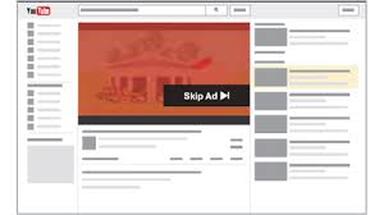 A good percentage of Realtors, mortgage lenders, and small business owners are using Facebook ads these days, with varying results. But there’s another ad platform that has some huge inherent advantages to Facebook, is far superior for driving engagement, and costs a whole lot less: YouTube preroll ads. I’ve been ringing the YouTube bell for a while now (and warning you about the declining effectiveness of Facebook ads), and YouTube’s ad options are another good reason to pay attention. Before I jump into the nuts and bolts about YouTube preroll ads, a quick summary would you should consider marketing your business there. About YouTube
Basically, think of YouTube like modern-day television, where viewers can click or type to find the channel and program they want. And YOU can advertise on those channels or even specific videos – with negligible risk, low cost, and a huge upside to connect with your ideal audience. 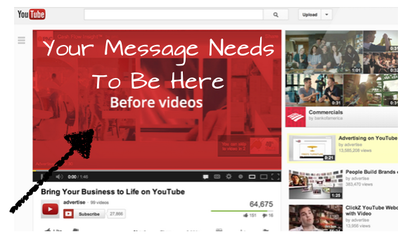 Why should you consider a YouTube preroll ad? I’ll get right to the good stuff: With YouTube preroll ads, you only pay for a view if the user passes the 30-second mark (or watches the entire video) or clicks on your ad! So, if the viewer sees your video ad but clicks out after 29 seconds (instead of 30) or any time earlier than the end of the video, it isn’t considered a View per YouTube’s metrics…and you aren’t charged. Let me say that again: You aren’t charged if the user doesn’t watch the whole thing or actively clicks. You aren’t charged a penny even if they watched 96.6% of the video (29 out of 30 seconds). Standard preroll ads are videos that run for 30 seconds, Another form of preroll ads are TrueView ads, which can be longer than 30 seconds BUT the viewer has the option to skip them after just 5 seconds. But let’s assume we’re talking about standard preroll ads. How YouTube defines (and charges you for) an ad View When you set up the ad, you agree to pay per View. However, how YouTube defines a View leads us to the awesomeness of pre-roll ads. In fact, it’s only considered a View when the YouTube user clicks on your ad or watches to completion (the 30-second mark). Since YouTube is a Google platform, the tracking and analytics tools you have at your fingertips are superb. You can see how many people saw your ad, both partial and complete views. But we don’t want to run ads just to have things almost work of course, even if we aren’t charged for the exposure. 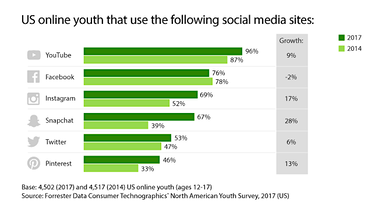 The data on YouTube preroll ads The good news is the average video completion rate for YouTube preroll ads is 65%, or viewers reach the 30-second (completion) mark of the video almost two out of every three times. In fact, only 16% click away from 30-second pre-roll ads according to industry data. And the average Cost per Completion (when someone clicks or watches the whole video to the end) is only $0.10 to $0.30 Yup, only a dime to three dimes! Of course, YouTube preroll ads aren’t perfect;
These YouTube ads are also best as the top of a lead funnel that offers something for free, sends them to a landing page on your website, solicits subscribers, etc. – not standing alone. Targeting YouTube ads YouTube’s preroll advertising also has huge advantages when it comes to targeting your ideal audience. You can target people based on their search history (such as if they’ve watch first -time home buyer videos, mortgage education videos, videos from high-end brands or in certain geographic locations, etc.) Or target people who have viewed your YouTube videos before, a form of remarketing who may bring the cost per click down to $0.10 in some cases. And you can also tighten down the targeting based on:
Facebook ads vs. YouTube preroll ads Facebook ads are cool. They’re alright. Don’t stop doing them… But you definitely want to jump into YouTube with both feet, both as a place to host and share your videos (and you ARE making plenty of videos, right?!) and for YouTube’s preroll ads. Compared to the shotgun approach of Facebook ad targeting (referred to as “spray or pray” in the marketing community), you’ll spend WAY less and probably get WAY more out of preroll ads. That’s especially true since Facebook has amended their rules for ads in Housing (including real estate and mortgage), Employment, and Credit, Facebook ads are more expensive, less effective, and harder to accurately target than ever before. The takeaway People who are on YouTube are ACTIVELY looking for information, advice, or help with some topic revolving around home buying, getting a home loan, fixing their credit, or about a certain neighborhood or city. People who are watching YouTube videos tend to be ready NOW. You can target them efficiently. And you can reach them with your video preroll ad for less money and less risk (since you’ll only pay for a View if they watch the whole ad or click). Let me know if you need any help! Your friend, Norm :-) Business owners and entrepreneurs are fully on-board with using social media to promote their brand these days, and that certainly includes Realtors and mortgage lenders. In fact, more and more real estate pros are turning to social platforms like Facebook, Instagram, YouTube, lead funnels, and their websites as tools to generate leads. So, I thought it was valuable when I came across a recent national study that breaks down how people are using social media to market their business and generate new clients and closed deals. Today, I want to share six stats that I cherry-picked as particularly useful to you. By no means is this a list of best practices, nor is this study geared only towards the real estate and mortgage industry. But we can learn a whole lot about what’s working, what’s not, and the most effective and popular strategies for drumming up business via social media. It’s also a key look into what your competition is doing to capture new leads online! Do you have a specific plan in place for generating leads from social media? Yes 64% No 26% Not sure 10% What social media platforms are best for lead generation in your experience? Facebook 82% LinkedIn 48% Instagram 43% Twitter 15% Pinterest 9% Other 5% Snapchat 4% What type of content/tools on your website have generated the most leads for your business? Blog posts 40% Videos 38% Original studies/research 25% Infographics 19% Other 16% Webinars 14% Direct messages 11% What types of posts are best for social media lead generation? 41% Still image 40% Video 11% Stories 4% Text 3% Other Would you consider automating (certain elements) of your lead generation process? Yes 69% No 23% Not sure 8% 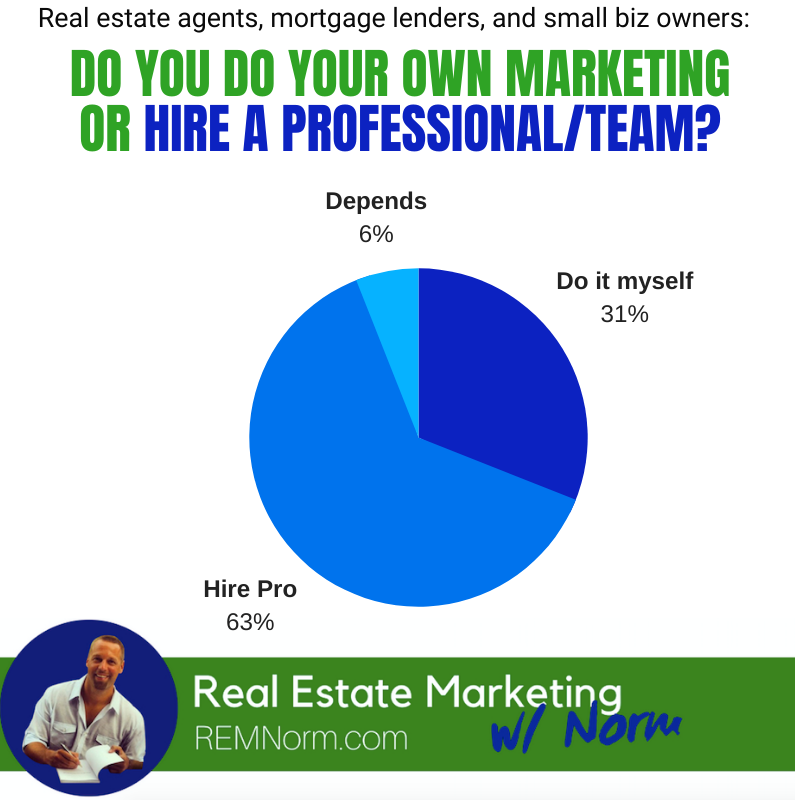 Do you do your own marketing or hire a professional/company/team? Hire someone 63% Do it myself 31% It depends/Don’t know 6% *** If you have any questions or need some help, just contact me – and feel free to share these graphics. Your friend, Norm :-) If you don’t have a Privacy Policy, you’re probably breaking the law! (But that’s easy to fix.)11/1/2019  If you don’t have a Privacy Policy on your website or Facebook page, you’re probably breaking the law! (But that’s easy to fix.) I’m betting on two things:
Oops. That’s no bueno. Many of us have landing pages, email sign-up forms, contact forms, giveaways or free downloads, chat widgets, Facebook lead gathering, website analytics, and other tools that gather user data, even if it’s just as simple as a name, email, and phone number. If that’s the case, you’re breaking the law(s) by not having a privacy policy, as well as hurting the effectiveness of your Facebook marketing and more. The good news is that it’s easy to create and post a Privacy Policy, which will check the box in terms of liability and legality. Here’s the deal with Privacy Policies: If you’re collecting (and storing) user data online, you’re required to post a privacy policy that consumers and viewers can see. While there’s no one federal law that requires you to do so, there are several overlapping federal and state laws and individual user regulations. Those include: 1. California Online Privacy Protection Act (CalOPPA) 2. Privacy Shield 3. EU General Data Protection Regulation (effective May 2018) 4. Children's Online Privacy Protection Rule And if you think this is a paper tiger regulation, think again, as the Federal Trade Commission (FTC) is slapping serious fines and shutting down businesses that aren’t complying. Third parties also require you to have a Privacy Policy In addition, Google Analytics requires a privacy policy, as does Google AdSense, Google Play, Facebook, and even Apple if you’re releasing an app. This is especially true in the wake of unprecedented data breaches, hacks, and identity theft. Just because you’re a small real estate agency/mortgage broker/individual agent, don’t think for a second that you’re immune from these same laws and rules. You definitely want a Privacy Policy with Facebook Some Realtors, lenders, and brands use their Facebook page for business without a website. In that case, you NEED a Privacy Policy listed on your page (you can easily add it to the Notes or About section). But, even if you have a website that does the data collection when someone fills out a contact form, you still want a Privacy Policy on both – just to cover all bases. Aside from keeping you out of hot water with the FTC, Facebook actually will look for that privacy policy on your website in its algorithm and when it OK’s your Facebook ad campaigns (since many users will link through). So, without one, you’re probably hindering the effectiveness of your ads (and wasting money) and also holding your page back from reaching its promotional potential. 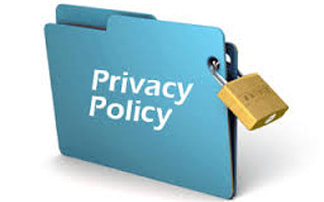 What is a Privacy Policy? A Privacy Policy is just a disclosure or agreement that documents how you (and your website/social media account/app, etc.) will collect, store, and handle the personal information of your audience and viewers. Basically, you can’t just start collecting people’s personal information – even if it’s as seemingly innocuous as an email address – without adhering to your legal obligation to protect that information. What should a Privacy Policy cover?
Setting up your Privacy Policy There are some basic requirements for setting up your Privacy Policy. For instance, the FTC mandates that it should be written in laymen’s language (I’m paraphrasing) and not written in confusing or hard-to-read “legalese.” Depending on what industry you’re in – like real estate, home loans, credit repair, personal finance, etc. – there will be modifications and specific requirements to your Privacy Policy. Where can you get help setting up your Privacy Policy? (Me, of course!) Instead of me writing ten pages about what to include in your Privacy Policy, how to write it, where to post it, etc., I’d rather just offer to help you out. Just contact me and I’ll be happy to help you design and implement your own Privacy Policy. If you want to do business the right way, you really can’t afford NOT to! -Your friend, Norm :-) What elements are essential for your real estate or mortgage website? I had a client recently – a luxury realtor with a lending division from the east coast – hire me to do some analysis on their website. No, I’m not a web designer, programmer, or an SEO expert, but this boutique firm asked me to do some digging into the top real estate and mortgage websites in the industry , which made for an interesting project. Looking to redesign their own website to maximize efficiency and results, they understood that their market was ultra-competitive, and the chance to catch the attention of a web viewer, keep them on the site a little longer, or engage and even make contact with them could make a huge difference in their commission paychecks by the end of the year. So, they had me meticulously comb through a list of websites for the top firms in their space (both luxury homes and high-end mortgages). Deconstructing each one, I examined factors like:
Compiling all of this info, we ascertained the website formula for the top luxury real estate and mortgage firms in the industry. However, there were also a few things missing from these websites of the top firms and professionals in the game, probably because they just don’t have the bandwidth or latitude to make innovations. So, those shortcomings present opportunities where you – the smaller, more agile and hungrier agent or loan officer – can actually outperform these industry giants’ websites. Please note that these are in order of importance and prominence on their web pages (so, the big, bold call-to-action was usually first and “above the fold,” similar to a landing page format.) 1. Call to Action button/link:
2. Text headlines and short snippets: Common real estate or jumbo loan terms and definitions Or question and answer format Headers and short paragraph answers But NEVER long bodies of text! 3. Contact Form/Request a Quote Form, etc.:
4. Links/buttons: To other services like home sales, communities, buying or selling guides, products like FHA/VA/Cash-out refinance, etc. 5. Online payment calculator or home estimator 6. Reviews and testimonials: Showing number of 5-start reviews, client testimonial with quotes, etc. 7. Better Business Bureau rating and/or badge 8. Blog page link 9. Social media icons 10. Link to online application/response form/valuation form 11. Contact info 12. Why trust us/me? Why use (company name or individual agent) for your home sale or home loan needs? Notes and opportunities for you:
-Interestingly, very few of them had videos. That presents a great opportunity to differentiate yourself with a short, professional video on your own website. -Images were mostly stock photos of homes/borrowers signing mortgage/families/etc. I’d stay away from stock photos and go with professionally taken custom photos. -Icons and symbols were common for buttons and to anchor different sections. -While real estate firm websites were more personal, very few mortgage sites had individual mortgage broker/loan officer photos, personal bios, or any personalization. Those are always effective so it’s important to add them! -Only one or two sites had pop ups when you went to close out or click away (proven to be effective in retaining web traffic/garnering email addresses) -Only a small percentage of websites had giveaways/free downloads like a Home Buyer’s Guide or Home Loan Checklist, etc. That’s a very effective tool for increasing your email list and database of potential borrowers. *** You might be well-served to redesign your website to match this format and include these elements! Do you want help designing and building your website? DON'T call me! Haha But I can help you plan it and write the content, but you want a professional web builder. Your friend, Norm :-) 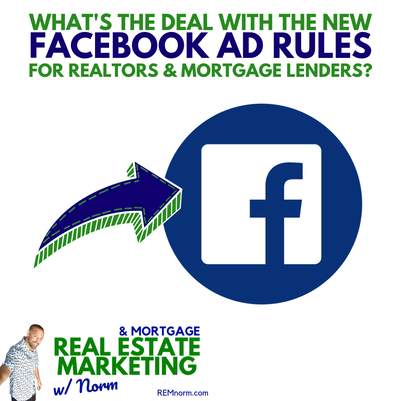 Facebook is an invaluable tool for many real estate agents and mortgage lenders these days (as well as other related fields), and that includes lead generation with Facebook ads. But the social media giant made some profound changes recently, deeply impacting the ability to target ads based on specific demographics and characteristics. It all started with discrimination complaints leveled against the social media giant, claiming that its ad practices were rife with discrimination. So, back in March of 2019, Facebook reached a settlement, announcing that it would close the door on ads that allowed discrimination and led to redlining. Working with the National Fair Housing Alliance, American Civil Liberties Union, U.S. Department of Housing and Urban Development, and the Communication Workers of America, they did just that. A few months ago, Facebook rolled out a major update to its ad protocols, specifically in the real estate and mortgage industry. Here’s what you need to know about the new Facebook ad rules:
In an official statement, Facebook said, "We're committed to protecting people from discrimination on Facebook, and as part of this commitment, we announced changes earlier this year to all ads that offer housing, employment, and credit opportunities. Advertisers, developers and partners must specify whether or not their ads fall under either the category of housing, employment or credit. They can do so by selecting a Special Ad Category, and once a category is selected in Ads Manager or via the Marketing API, a limited set of targeting options will then be available." The real difference comes when you’re setting up the targeting for these ads. Once you check the box for the Special Ads Category, you can no longer target by: Age (Only 18 years+) Gender (Must be both men and women) No mentions of alcohol (like if you have a wine and cheese open house, that would be illegal with the new Facebook rules since your age targeting must be set at 18+, not 21+.) No Zip Code search You cannot target by specific zip codes (see below) No radius search smaller than 15 miles You also can't set your radius search for targeting at less than 15 miles. That's a significant change since a common ad tactic was to set a radius of one or two miles around an open house or listing.) But you can do a radius search around 15 miles or more around a pin drop or address. No Look-Alike Audiences You also can no longer target an ad based on Look-Alike Audiences like you used to be able to do with Facebook. (You also can’t get around all of these changes just by using a saved audience.) Say goodbye to other demos and behaviors You can no longer target by life events like recently married, just moved, bought a home, if they’re parents, their income, etc. or other behaviors. But you can target by interests. No Excluding You also can’t exclude certain demographics, like other real estate agents, Realtors, brokers, etc. Basically, we can’t exclude anyone for any reason. Running ads in the U.S. from outside the country Advertisers and marketers who are located outside the U.S. but running ads in U.S. markets need to click the special ads category as well, even if their ads aren’t in Housing, Credit, or Employment. (I’m sure that FB ads to interfere with our elections played a large part in that restriction!) Should you still use Facebook ads for your real estate or home loan business? Yes. While it may seem that you don’t have much left to target your Facebook ads effectively, remember that the Facebook algorithm is incredibly thorough, as well as dynamic and “smart.” In fact, their algorithm takes more than 2,000 factors into account when placing your ads, so there’s a lot going on behind the scenes to make them more efficient. You can set up a Special Ad Audience, which is based on similar characteristics to an existing email list, website audience using Pixels, Facebook page followers, and more. Remember that every time one of these changes takes place on Facebook, it may be a little harder to target your audience correctly, but a large percentage of real estate agents and mortgage lenders will stop using Facebook ads because they believe it's too difficult, time-consuming, or ineffective. That equals opportunity. I’ll cover more tips on setting up effective Facebook ads in a different blog soon. But, in the end, it will probably all level out, and Facebook will still be a great place to run ads for real estate agents, mortgage lenders, and professionals in financial service fields. Need any help or just want to talk about your marketing? Hit me up! -Your friend, Norm :-) 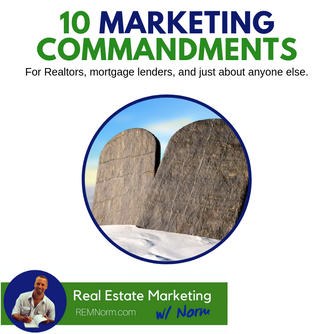 It’s a good time to be in the real estate or mortgage business, with shockingly low interest rates, record home equity, and thriving – if not spectacular – real estate markets nationwide. However, we all know that these halcyon days won’t last forever. Note: I originally wrote this post for the folks at Blue Water Credit. They're super reliable, really care, and the best in the industry for responsible credit repair, so give Jeff Sipes at Blue Water a holler if your clients need credit help.) In fact, with about one million licensed real estate sales people and 300,000 mortgage lenders all fighting for the same shrinking piece of the pie, competition will soon be stiffer than ever. But when rates go up, sellers stall, and the seasonal lull becomes a recession, where will your business be? It’s time to think MARKETING (if you haven’t already), so you’ll have a head start on your competition once the housing and home loan markets recede back to normal. Here are 10 marketing commandments for Realtors and mortgage lenders so you can have a fantastic 2020 – and beyond! 1. Be consistent. Make at least one post per day on your Facebook business page and Instagram (at the minimum). Email your database at least monthly – but weekly is ideal. Make a social media, email, and content release calendar to start the year and make sure these items are on your daily checklist. Key statistic: 42% of brands that post content daily receive some sort of lead, prospect, or client monthly, but that drops to only 13% for brands that post 3 times a week or less. Common mistake: Forget to market when you have a lot in the pipeline and are busy with clients, but then start your marketing push the second business slows down. That’s whiplash, not effective marketing! 2. Talk to your audience - not at them. Ask your audience plenty of questions and use surveys, opinion polls, and other ways to get responses and build engagement. Key statistic: Studies show that consumers are 789% more likely to pay attention, engage, and respond when asked for their opinion or feedback. Common mistake: It’s SO hard to shut up and just listen – but that’s exactly where your true connection to your audience and clients starts! 3. Add value. Always focus on content that adds value, solves problems, addresses challenges and needs, and saves them time, money, or energy. Key statistic: Thee-fourths of consumers are looking for online content and posts that help them solve problems, save (or make) money, or improve their lives in some way. Common mistake: We’re all guilty of all-or-nothing, transactional thinking. But just focus on helping as many people as possible, no matter what that looks like or the outcome, and your business will thrive. 4. Create content. Keep people informed with customized market reports, stats, data, infographics, and more. Make sure it’s branded to you and even has a dazzling photo on it, as well as contact info and your social media or web link. Key statistic: Brands that create at least three pieces of unique content every week receive 289% more responses and engagement than when they post generic content. Common mistake: Stop only sharing other peoples' content – that’s doing nothing to elevate and differentiate YOUR brand. Make and share your own (by outsourcing and using a team!) 5. Email is alive and well. Build your email list with a free offer and landing page. You should be adding 50 emails a month MINIMUM and work towards building a 10,000-person email list. Key statistics: Email is 40x more efficient at acquiring new clients than Facebook or Twitter and a client on your email list is 6x more valuable over their lifetime than social media followers alone. Common mistake: Using a service that offers “canned” generic content for emails. Your clients know that’s not original, personal, nor did you put any time or thought into it. They also might be getting the exact same thing from other Realtors or lenders! Oops! 6. Shoot plenty of (short) videos. Video should be a key component of any smart marketing campaign. Take plenty of short (1-2 minutes) videos and post these to your own business channel on YouTube, as well as Instagram and Facebook. Key statistics: It’s estimated that by 2022, 82 percent of all internet traffic will be video. According to Forrester Research, just one minute of video is the equivalent to 1.8 million words to the human brain – about the same amount of content as about 3,600 web pages filled with text! Common mistake: Reluctancy to get started is the biggest mistake. Just take out the phone/camera and start shooting! Remember that you can always edit them down the road. Other common video mistakes? Crappy audio and having the sun behind you or filming in shadows. 7. Differentiate with a book or podcast. Want to REALLY separate yourself from the competition? Consider writing and publishing a book (or, at least short-form white paper or market report) and start a podcast. If you want extraordinary success, you’ll have to do what others are not! Key statistic: Last year, 675 million print books sold in the U.S., and each day, Amazon.com alone sells more than a million eBooks! Likewise, at least 50% of all Americans have listened to a podcast, and about a third of Americans (32%) listen to one or more podcasts monthly! Both of those are HUGE, untapped opportunities for marketing! Common mistake: Thinking that a book needs to be a 300-page epic novel. You can also publish market reports, white papers, surveys, special reports, and short handbooks or guides. 8. It’s not about you. Incorporate referral partners, brands, media, other vendors, trades, events, charity, community, etc. into your marketing – it will be a complete game changer! Key statistic: You should easily be able to 2X your marketing reach just by incorporating frequent mentions of others. Common mistake: Buy from me. Sell with me. Follow me. Use me. I’m the best; it all gets painfully redundant! Revolutionize your marketing by making it all about OTHERS, not you! 9. Build a smart and savvy sales funnel. Consider a funnel marketing system that includes strategic Facebook ads, Instagram ads, or YouTube pre-roll ads, etc., plus a landing page, giveaway, chatbot, auto email responses, and more. Key statistic: Research shows that a well-designed sales funnel will bring in 13x more leads and allow for 9x more closed deals than having no funnel or system. Common mistake: Trying to do it all yourself. You’re in the real estate business, not the marketing automation business. 10. Define your brand. Your brand is your promise to your clients, so build a brand that will be consistent, recognizable, and reflects your personality and what you can do to help people. Your brand should reflect who YOU are, but also encompass the ethos of the community you’re trying to build. Key statistic: 83% of consumers follow at least one brand and 71% make purchases strictly because they know and like a brand, not just the individual product or service. Common mistake: Whatever you do, don’t say “I offer great service.” Everyone should have great service – it’s the bare minimum these days, especially for the rip that comes that the end of a closed deal! ***
Bonus marketing tip: Partner with a great credit repair firm like Blue Water Credit to nurture your home buyer leads that aren’t ready now because of credit score challenges. They’ll help rebuild your turn-down clients' credit scores and deliver a ready-to-qualify buyer to you within months! Just contact Jeff@BlueWaterCredit.com and he'll help you out! Now go out there and get some new business! Your friend, Norm :-) 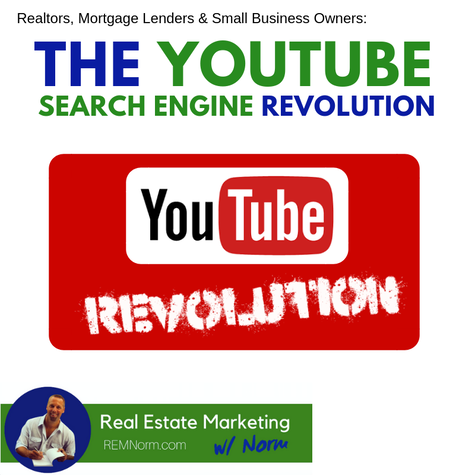 You may think of YouTube as just a place to host your longer videos, but if we look under the hood, it’s actually a well-oiled search engine. That also makes YouTube an incredibly powerful lead generation and business growth tool, albeit vastly underutilized these days (so there’s a bigger opportunity for you). I truly believe that the average Realtor, mortgage lender, or business owner can start using YouTube for business and see results after 30 days, with significant ROI (or, ROT: Return on Time), within three months or less. Oh, and it’s also easy, free, and requires no special knowledge or equipment. I’ll break it all down for you in this article, but to start, we have to talk about a different company: Google. By far the most popular search engine in the U.S. (and the western world), Google now accounts for 73% of all internet searches. Next on down the list of traditional search engines you’ll see Bing second with 7.91% of internet queries. They’re followed by Yahoo with 3.95%, Ask (formerly Ask Jeeves) with 0.42%, and AOL (which wouldn’t even be notable save for their prominence in the early days of the internet) with 0.06% market share. If we add it to that list, YouTube is a far bigger search engine than Yahoo, Bing, Ask and AOL – combined! Thinking of YouTube as a search engine – not just a video platform YouTube isn’t widely used as a search engine yet, but that’s exactly what it does, syncing seamlessly with Google to produce one of the most powerful and effective search engines in the world. (Notice that they ask you for a Google account or Gmail address to log in?) Just by posting enough quality content with the right headlines, descriptions, tags, and links, you can vault your content to the top of the search engines. That will allow you to rank highly for important key words and search equerries, reaching your potential audience en masse like never before. It’s within easy reach for the average Realtor, mortgage lender, or small business owner to rank high on YouTube, whereas ranking #1 or even on the first page of Google can take a whole lot of SEO and money. Here are some quick stats on YouTube, particularly as a search engine: YouTube by the numbers
And YouTube is still growing
The YouTube youth movement…and seniors, too?
An audience that is looking for YOUR content, not the other way around Most Facebook and Instagram users scroll, post, and comment for entertainment’s sake (or messaging, sharing photos, etc.). But YouTube viewers are specifically looking for information, reviews, guides, video experiences, and How-To’s. In fact, the average YouTube viewer spends 8 minutes and 41 seconds on the site each day. YouTube instruction is so prevalent, that the term, “University of YouTube” was coined for DIY learning, and one US mother built her own house from the ground up just off of instructional videos – with no previous building experience! In fact, the three times as many people prefer to watch a How-To video on YouTube instead of reading an instruction manual. That’s a big paradigm shift – and the key to how YouTube can completely revolutionize your marketing. YouTube as a lead generation tool and sales magnet With one simple video, a Realtor, mortgage lender, or business owner can reach tens of thousands of viewers (or way more) in your local who are actively searching for that kind of content. Don’t get me wrong: Facebook or Instagram are important tools as well. But, when someone scrolls through their newsfeed on FB or IG, they aren’t actively looking or searching for your content (usually). You can only hope to capture their attention for a second or two – usually by paying for ad placement or boosting a post – before they scroll on. That’s like placing a billboard under an airport and expecting air passengers to see it as they zoom on by! Conversely, YouTube is much more efficient for getting your message across to a larger and more appreciative audience – on their own terms. It’s as if they park their car under that same billboard and look up. It’s also an ideal way to initiate your marketing funnel. (YouTube > Subscribe > Giveaway > Email List > Website or Blog > Social Media > etc.). But, like everything, the key is being consistent with your branding, messages, and frequency of posts while always focusing on adding value. I’ll talk a lot more about best practices for using YouTube as a lead generation engine and sales magnet in future articles, but we’ve established that YouTube is a kick-ass search engine and WAY underutilized among real estate agents, mortgage pros, and other business owners. Contact me if you’d like to chat more about how YouTube could help your business. -Norm :-) 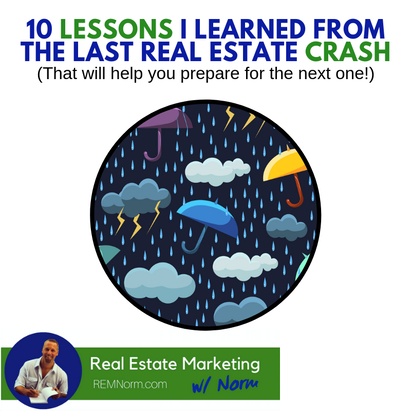 It’s hard to believe that it’s been more than twelve years since the bubble burst on the real estate and mortgage market back in 2006-7, leading us into some dark times and a Great Recession. Anyone who was working as a Realtor, mortgage lender, or in the business remembers it well. Even at our most confident, we know that an economic slowdown is coming again soon. No matter how you crunch the data, it points to a correction after eleven quarters of economic growth and a new milestone of homeowner equity. But what goes up, must come down. The waves come in, and the waves go out. I truly believe that the real estate market is strong and the next downturn will have more to do with the broader economy (and our non-mortgage debt) than the housing sector. However, the coming recession could get pretty ugly and last a lot longer than a year or two. The wolf is almost at the door. Seasoned real estate and mortgage veterans will have a lot of perspective and experience to fall back on. But there are a lot of semi-newbies – or those who just never truly absorbed the lessons from the last crash – who still could use some guidance. The cycles of real estate are inevitable and nothing to be feared… IF you prepare and position your business strategically BEFORE we’re in the midst of it. For that reason, I wanted to present to you these 10 lessons I learned from the last real estate crash: 1.Opportunities abound It may feel like all is lost, but golden opportunities will emerge – if you pay attention and take advantage of them. For instance, short sales, selling bank-owned properties, cash-out refinances, investor purchases, etc. will all be more prevalent in any down economy. Just focus on adding as much value as possible, and your business will always thrive. 2.People still have needs Sure, the luxury home market may not be popping, and the refinance boom may be on hold, but that doesn’t mean there isn’t plenty of business out there. In fact, people always have needs when it comes to buying, selling, and getting home loans, even in a down market. During the last crash, the agents who were thinking clearly and rationally (and that wasn’t a lot of us, including me!) got on board with short sales early, or aligned themselves with banks and sold REOs. Lenders focused on hard money or financing for investors, etc. When the next downturn comes, can you start including property management to take advantage of the rental market? A lease-to-own program? Work with first-time buyers? Cater to investors? Sell land? Develop a project, yourself? People always have needs, so just position yourself accordingly when the market swings. 3.“Brand always wins.” The great marketing icon, Gary Vaynerchuk, urges entrepreneurs to establish their brand. That’s what will separate you from the pack and invigorate your business, far more than the company you work for or any product or service you offer. Since Realtors and mortgage lenders are essentially lone wolves, they should be working diligently to build their brand. That’s even more important when there’s a market downturn, so start building a strong brand TODAY to prepare. Contact me if you'd like to chat about how we can build your rock-solid and unforgettable brand! 4.There will be less competition During the halcyon days of 2003-2006, just about everyone and their mother got a real estate license or started peddling home loans. Literally – their mother, too. But once the housing market fell off a cliff, it wasn’t as fun, easy, or lucrative anymore, and there was a stampede for the exits. You’ll see the same thing once it’s “grind time” again. So, while you’re going through those down periods and feel hopeless or like giving up, remember that every day that you stay in business, you just outlasted an agent or two who did not! 5.The universe rewards energy I truly believe that the universe rewards energy, and that’s especially true for marketing, prospecting, and sales. More than ever, selling real estate or mortgage loans will be a contact sport, so you need to get back to basics and do A LOT more of what works. You may have to go through a few (hundred) more “no’s” before you can get to your “yes!” so prioritize your prospecting and become a machine! 6.Refocus on relationships More than ever, it will be important to invest in people. Go to every networking event, call your database from A to Z, knock on doors, get back to open houses, reengage your referral partners, and connect with as many human beings as possible. Make sure you’re offering value and listen. You never know what good might come of it, so focusing on genuine relationships is the best way to stay in business. 7.People ALWAYS need someplace to live! The real estate and mortgage markets will never actually “go away” because people always need a place to live (and access to “cheap money”). In fact, the biggest threat to your career isn’t the next downturn, but Artificial Intelligence and automation, the big firms like Zillow, Redfin, Google, etc. getting into real estate, and the big banks squeezing out the smaller lenders. 8.Keep showing up to work Back in 2006/2007, I was working for a real estate shop in Sacramento, California, and doing pretty well. In fact, I had just written a $30,000 check to buy into a small mortgage company – only weeks before the crash! Needless to say, it all fell apart. The bad news kept coming as deals fell apart, buyers backed out, lenders went bankrupt, and it was nearly impossible to close a loan. Each day it felt like you were walking into the office only to get punched in the gut (or someplace lower!). Everyone was worried about paying their next bill. Everyone’s fight or flight kicked in. No one was sleeping through the night. The anxiety was palpable. It was so exhausting to get my ass kicked at work every day that soon, I didn’t want to show up at all. And then, I didn’t even want to get out of bed. Why bother? Many of us walked around like zombies, half checked-out, for years! But a funny thing happened. Those agents and lenders who showed up to work found a way through. By putting their anxieties and defeatism aside and treating it as a job, they closed a deal here and there and muddled on. It wasn’t always pretty – there were bankruptcies, foreclosures, divorces, and an unprecedented amount of financial stress not felt since the Great Depression. But the only way through it is to take it head-on, and just showing up every day is half the battle! 9.“Be the most positive person you know.” I think it was the famous Zig Ziglar who used to say that. I’m no warm and fuzzy self-help guru, but that sh*t makes a huge difference - not only on your mental health but on the success of your business. We make a choice whether to be positive or negative, so why not choose to be super positive? That’s one thing you can control, no matter what. 10.Shout it to the rooftops! When people who work in sales are in such a slump that they couldn’t sell ice cream on a summer day, their natural inclination is to clam up, become less communicative, and grow increasingly isolated. Or, even worse, there are a lot of professionals who still put on a good show and pretend that everything is normal for their own ego’s sake. When the market turns, you should do the exact opposite. Talk honestly to everyone you know. Become the best information source available to them. Be authentic. Take every challenge, setback, defeat, question, issue, and, yes, victory that you experience and turn them into stories to share with others. Be real. Offer compassion as well as tangible solutions. Be the person who leads them through the hard times…not someone who shies away from them! |
Categories
All
Archives
December 2020
|
Get in touch: |

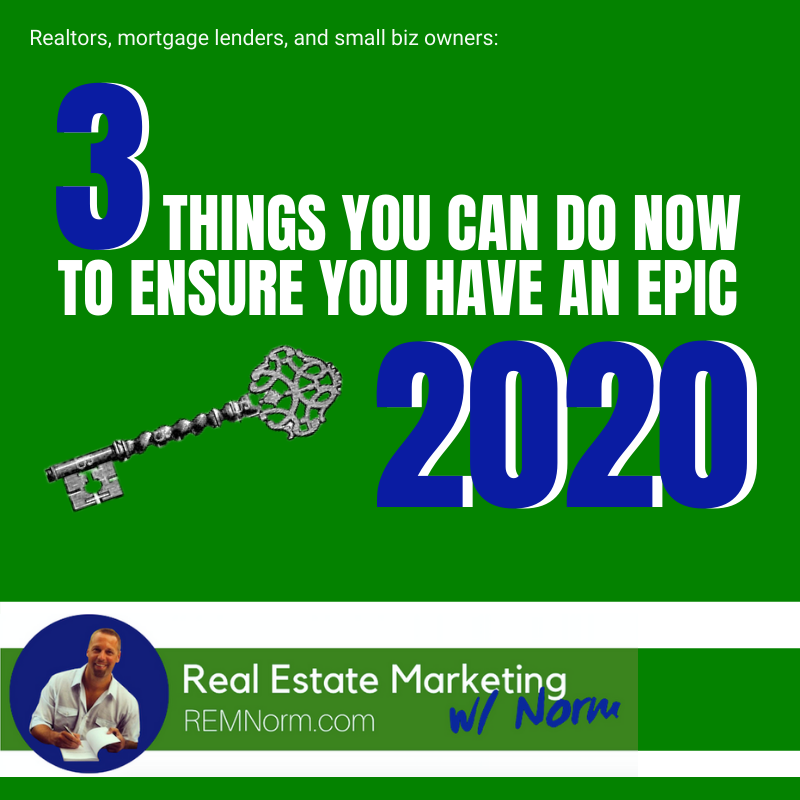
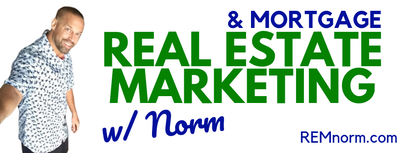

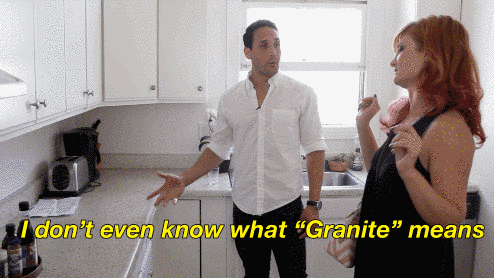


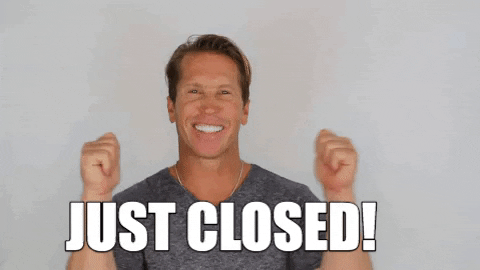
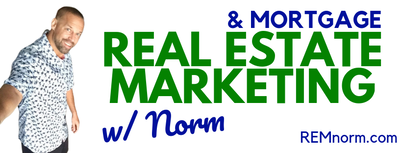
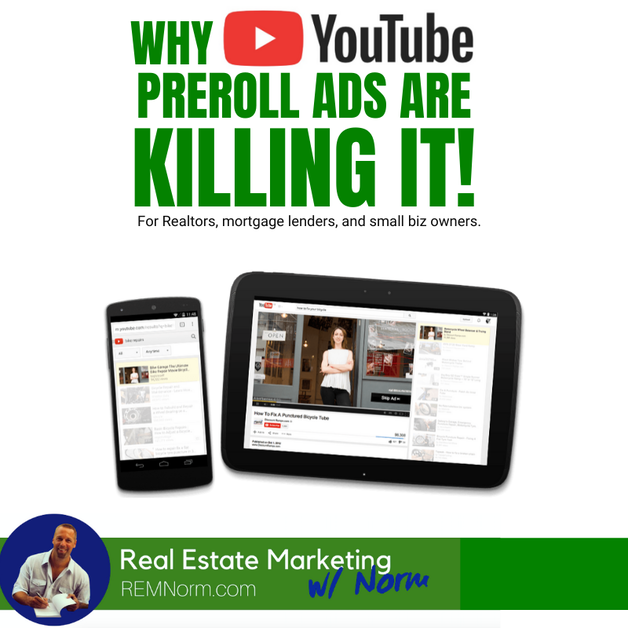
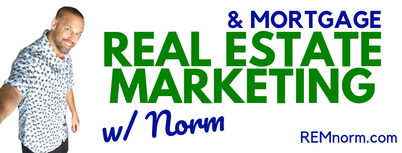
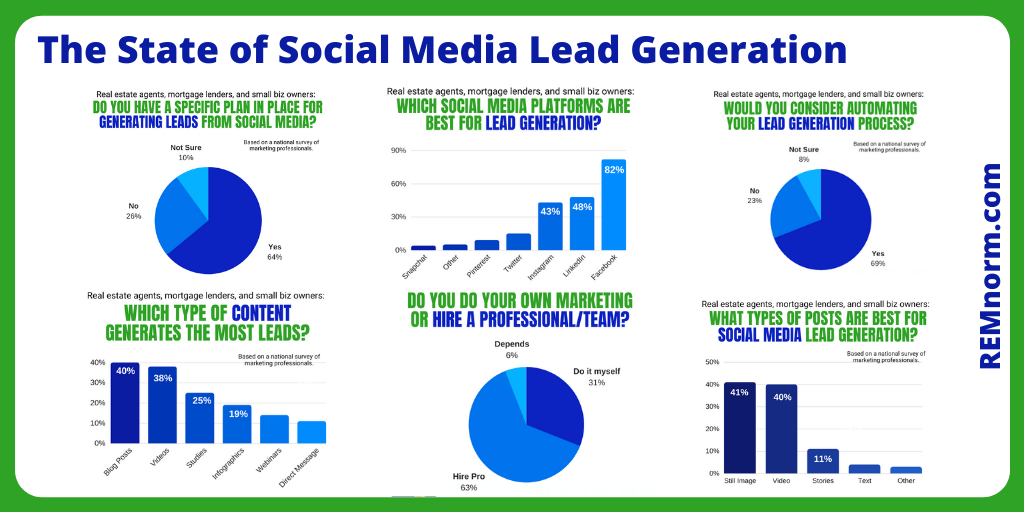
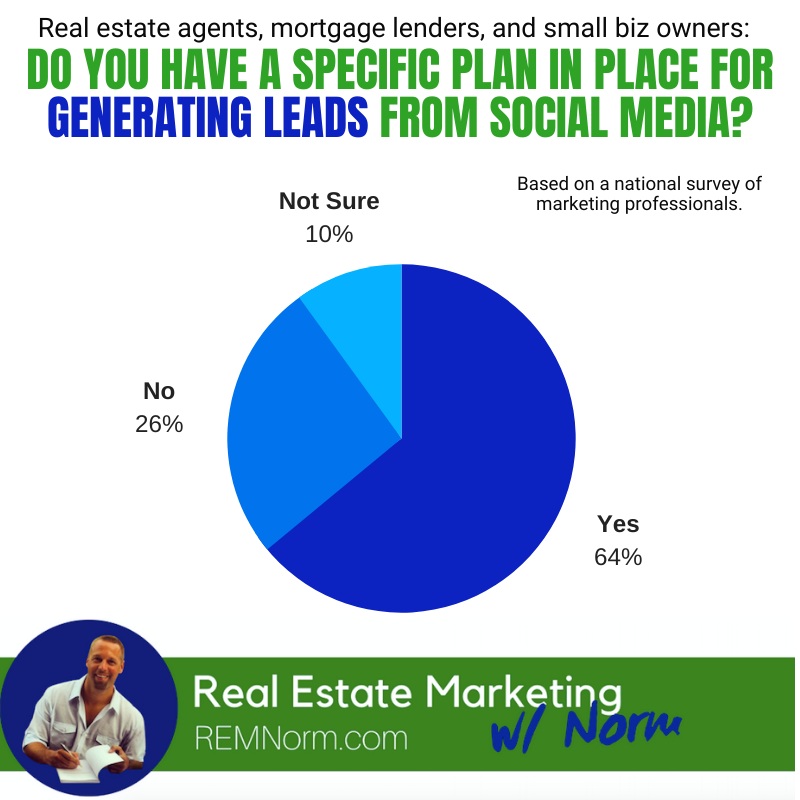
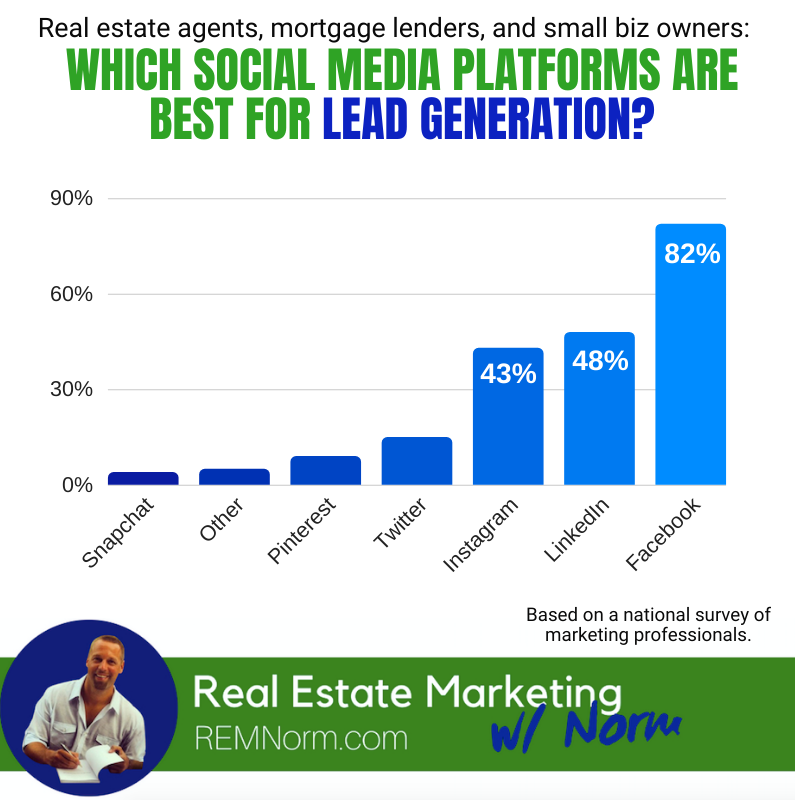
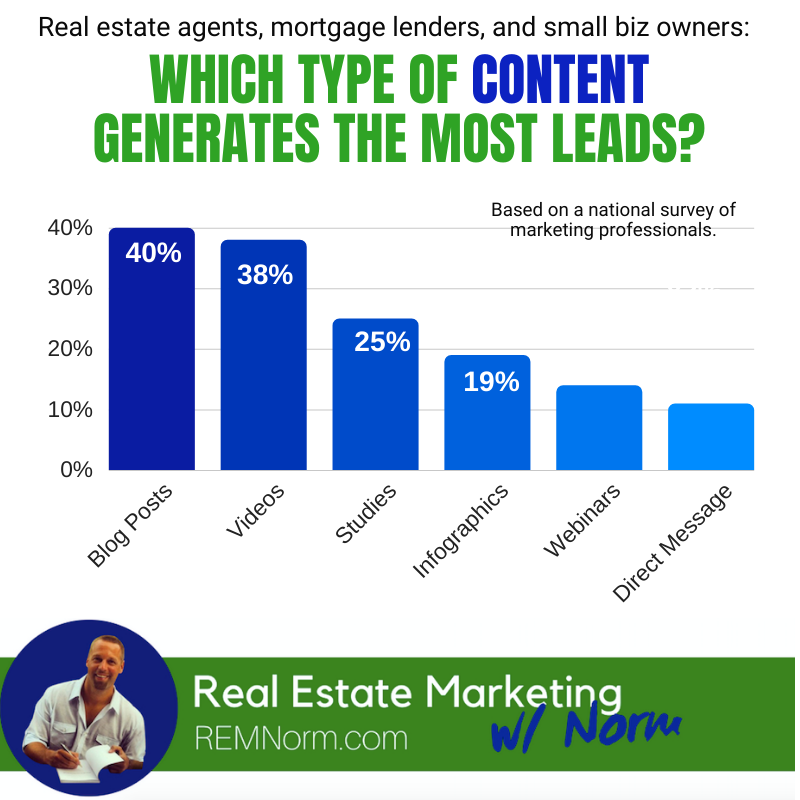
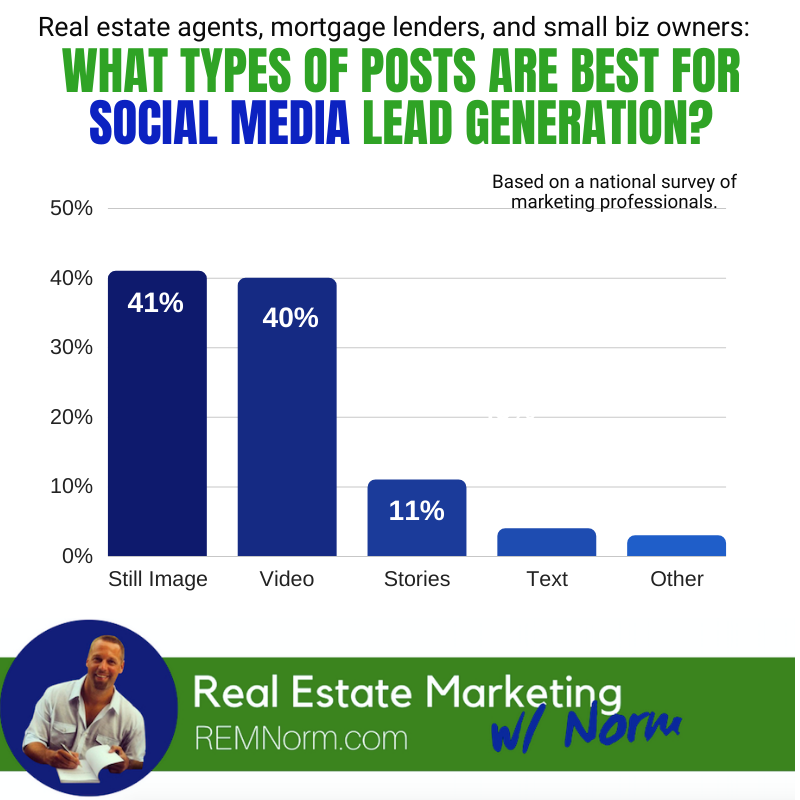
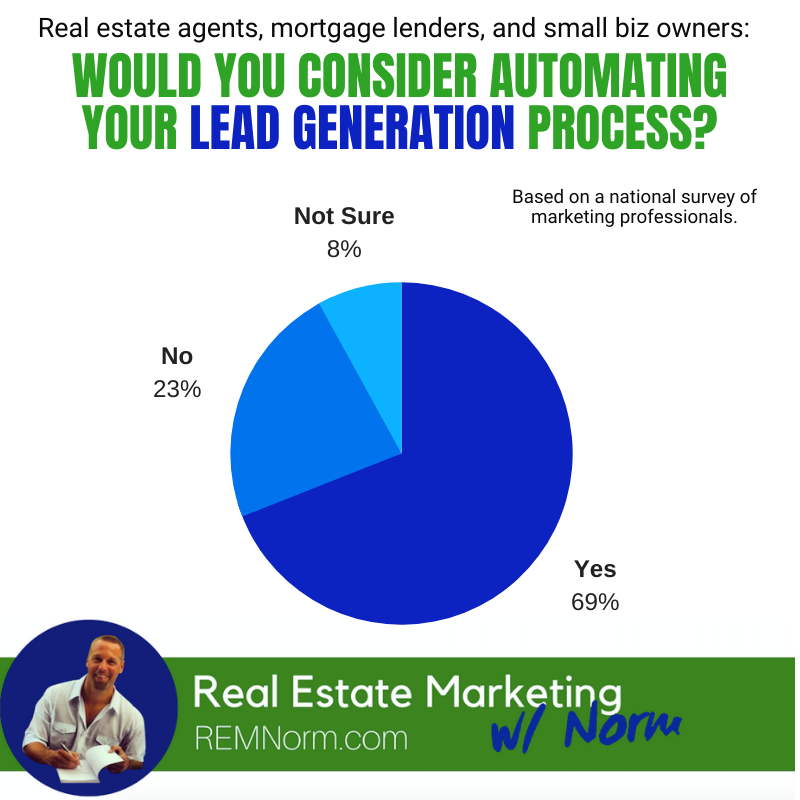
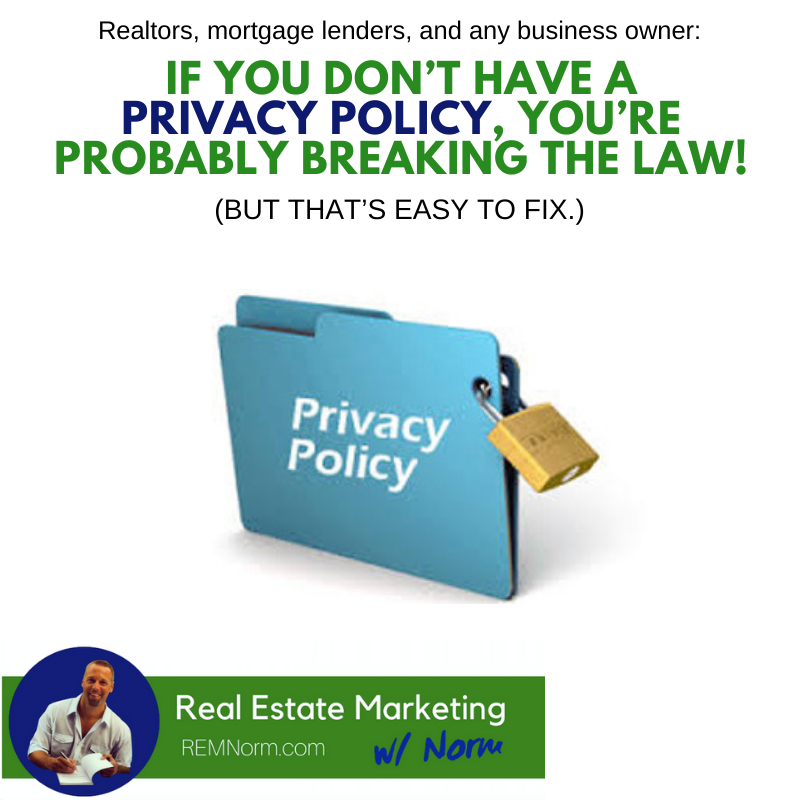
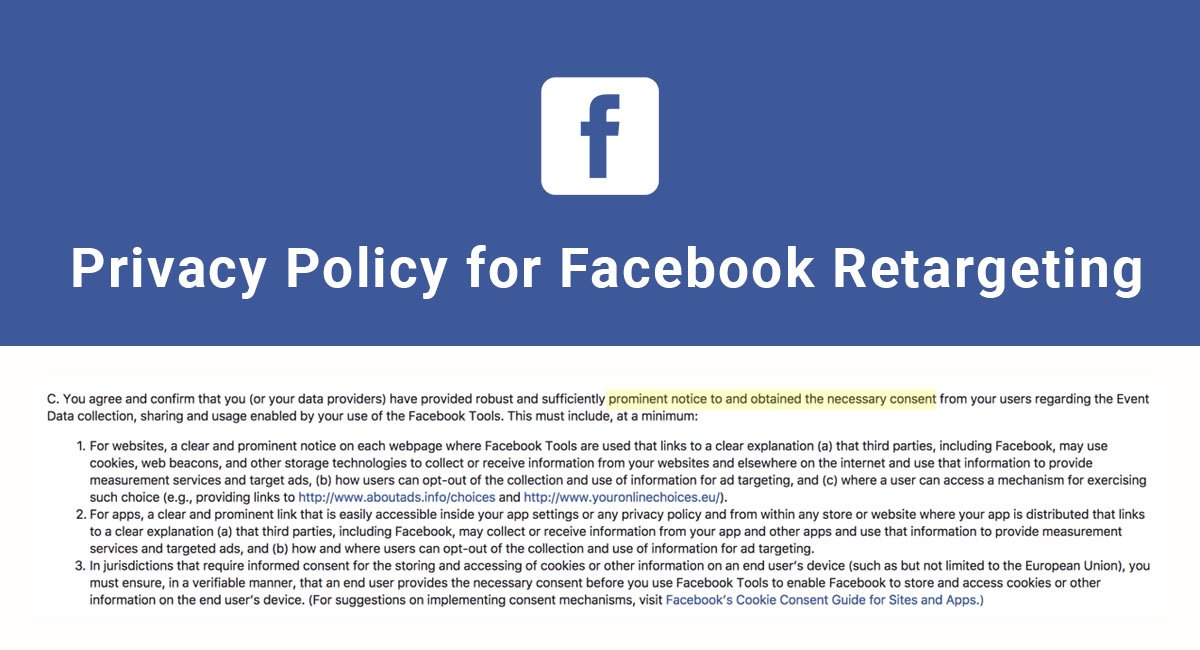
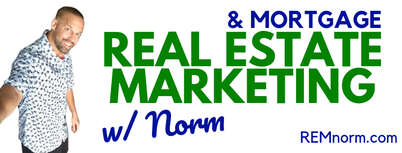
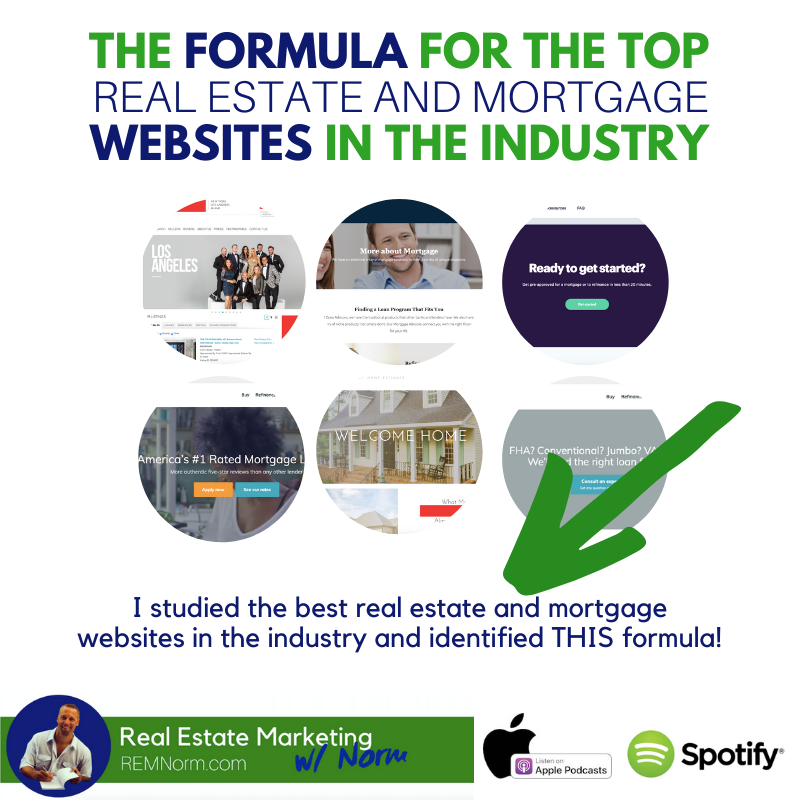
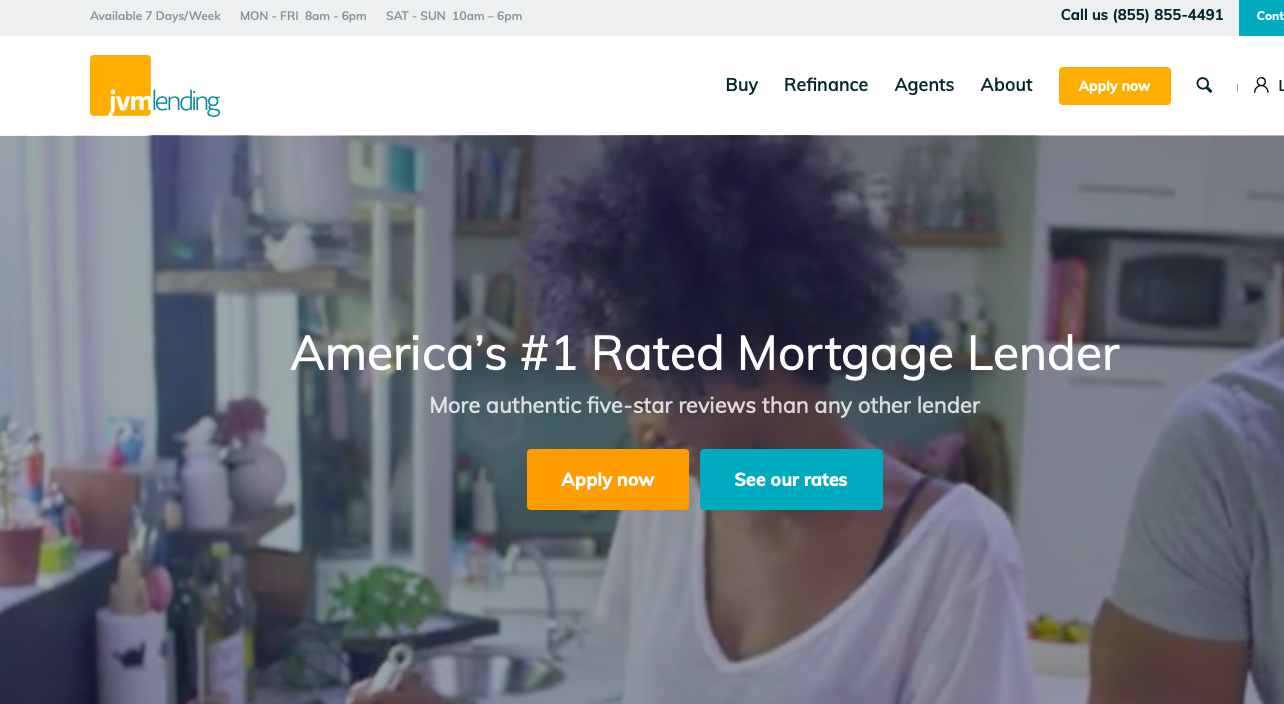
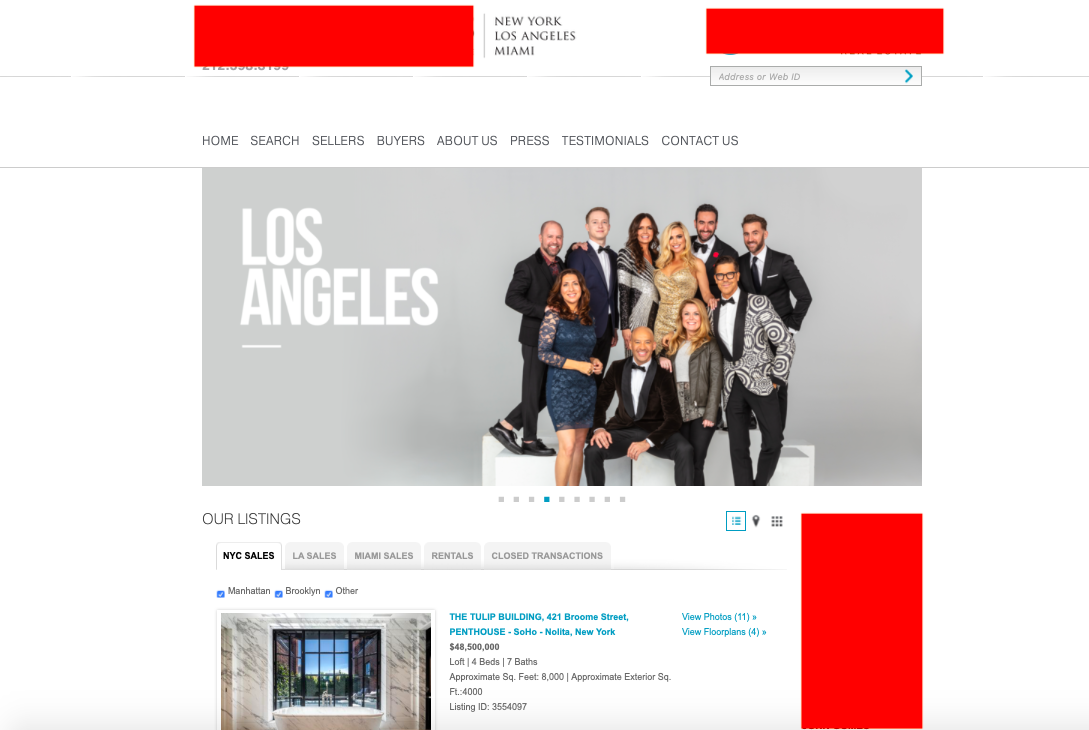

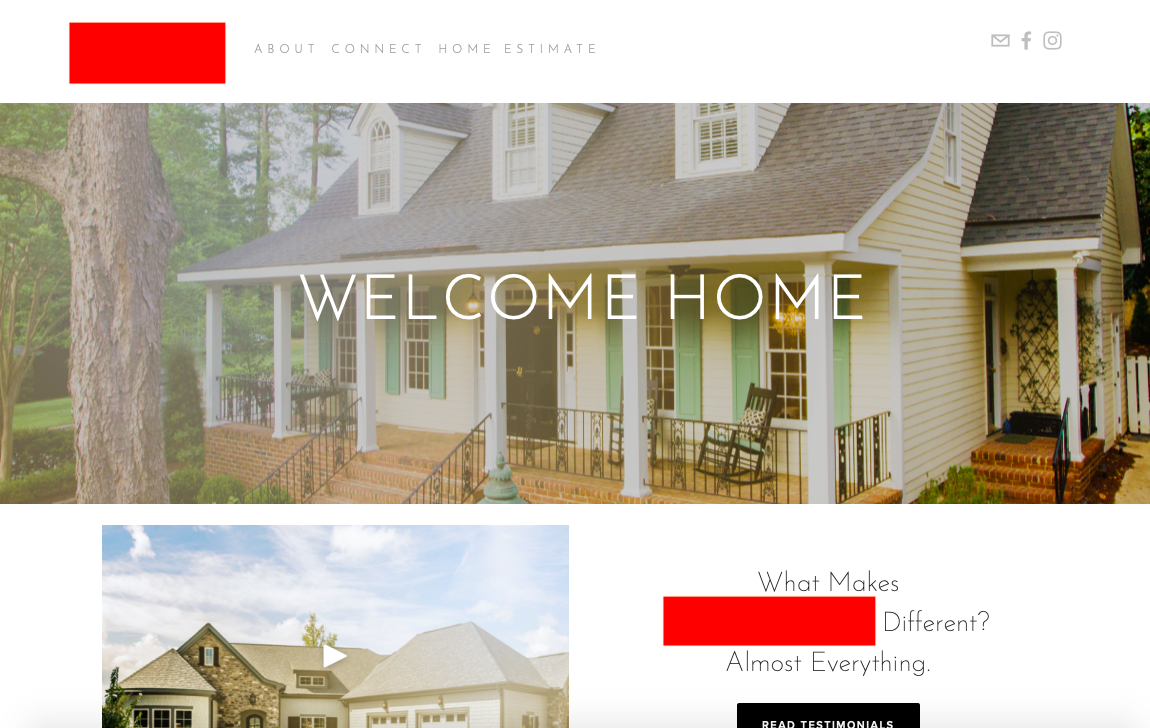
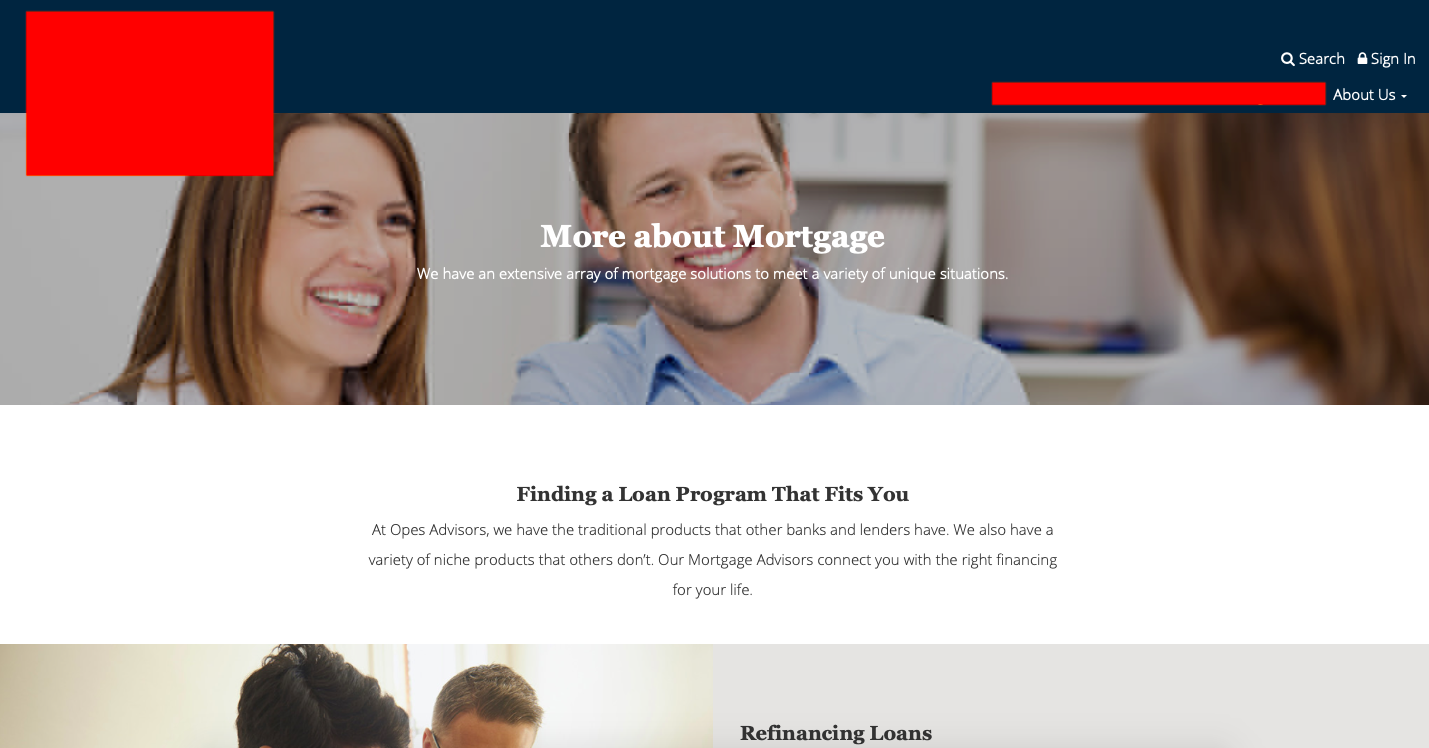
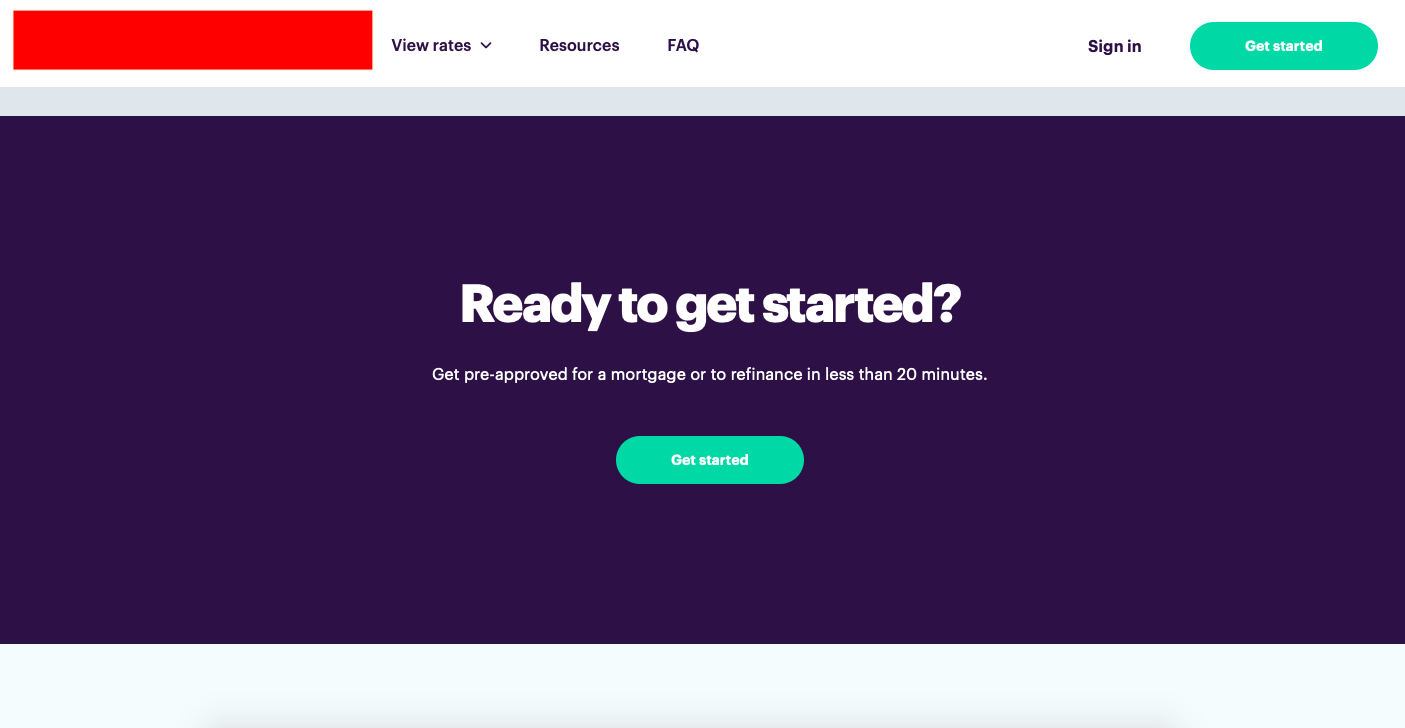

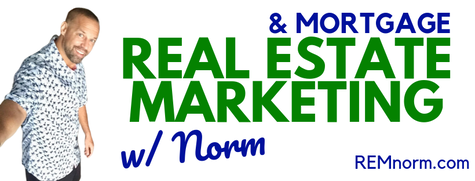
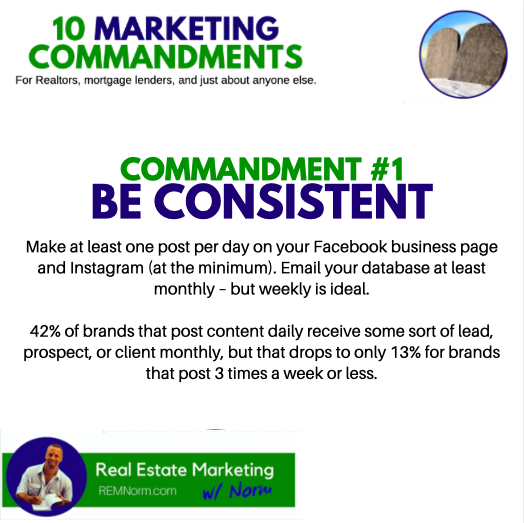
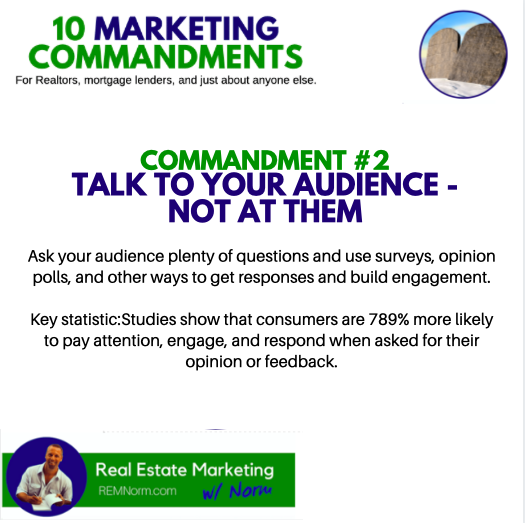
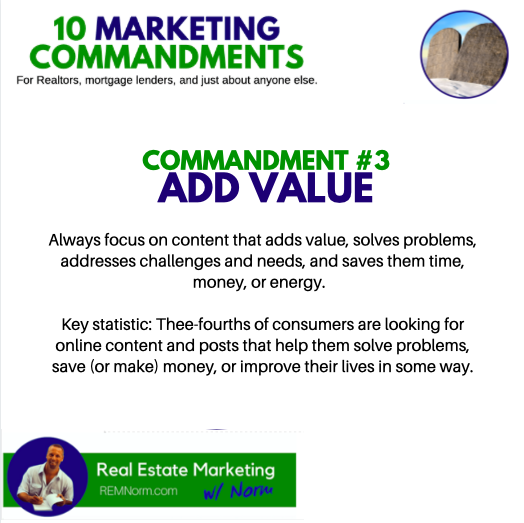
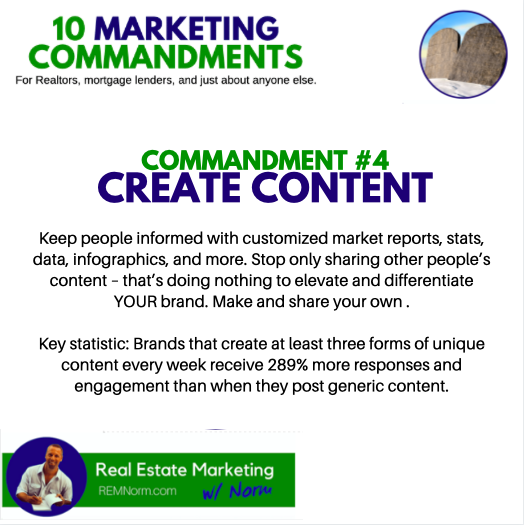
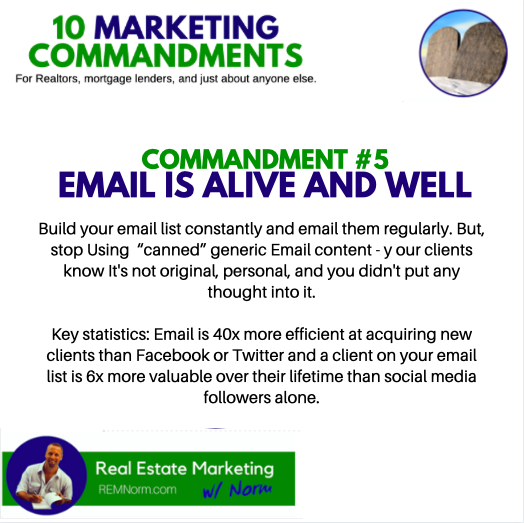

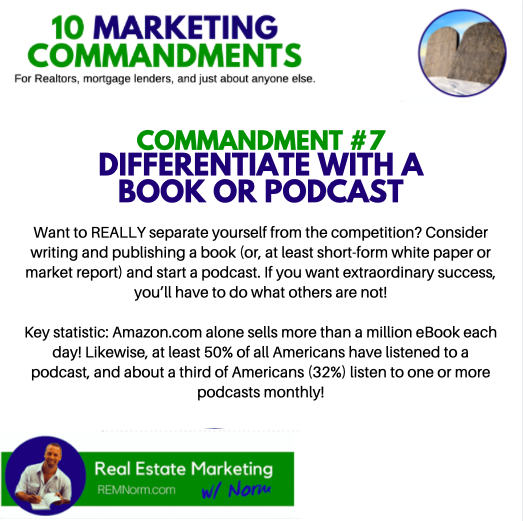
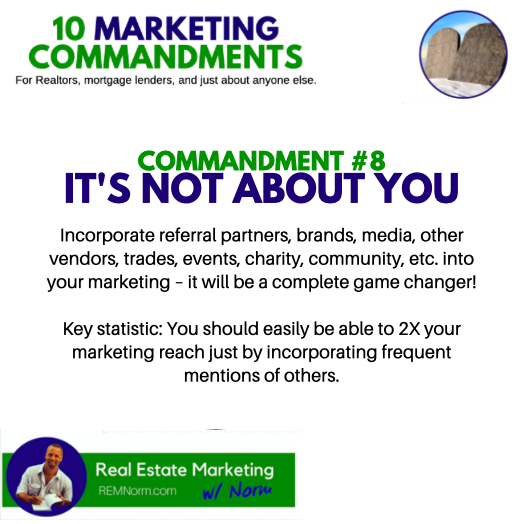
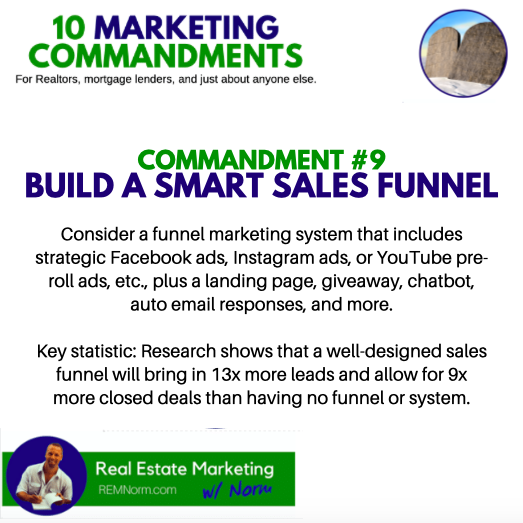
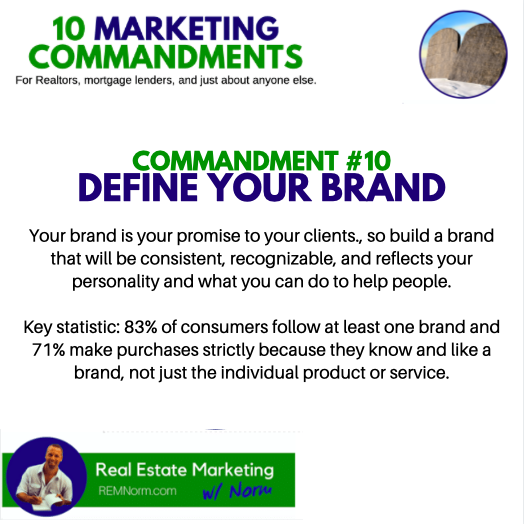


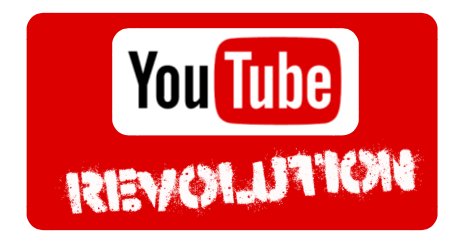

 RSS Feed
RSS Feed
